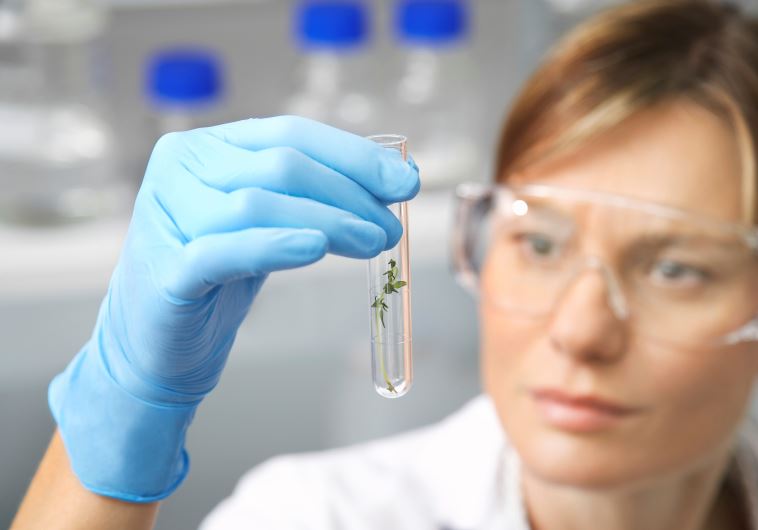Health scan: On/off button for inheriting responses to environmental changes
Studies on survivors of traumatic events have suggested that exposure to stress may indeed have lasting effects on subsequent generations.
 (photo credit: DANIEL K. EISENBUD)
(photo credit: DANIEL K. EISENBUD)